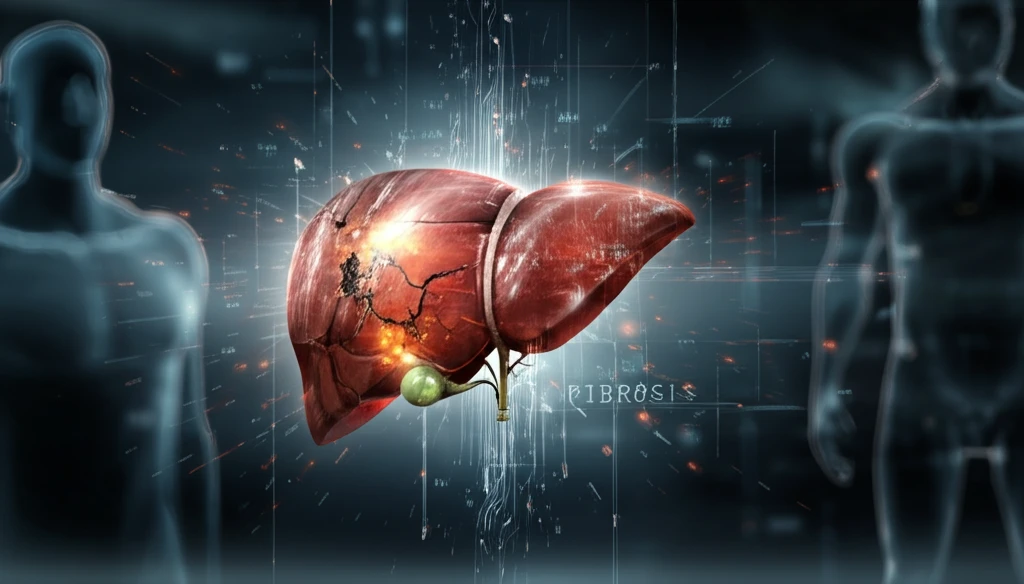
Decoding Liver Failure: Can Fibrosis Markers Predict Outcomes?
"New research explores how markers of liver fibrosis could improve predictions in non-acetaminophen-related acute liver failure, offering hope for better treatment strategies."
Acute liver failure (ALF) is a rare and life-threatening condition where severe liver function impairment occurs due to massive or submassive liver necrosis. Most often, it affects individuals without pre-existing liver diseases. The urgency to improve prognostic systems is heightened by the challenges in securing transplant organs and managing comorbidities, which limit the benefits of liver transplantation (LT) for many patients.
Existing prognostic systems, such as the King's College Hospital Criteria (KCC) and the Model for End-Stage Liver Disease (MELD) score, have limitations, especially in non-acetaminophen-associated ALF (NAA-ALF). The sensitivity of the KCC has been reported to decrease significantly, and modifications to the MELD system have been suggested to enhance its predictive value.
Recognizing the need for more reliable predictive tools, researchers have turned their attention to the role of extracellular matrix (ECM) remodeling in ALF. This article will dive deep into a new study investigating whether serologic fibrosis markers, which reflect ECM remodeling, can predict outcomes in NAA-ALF at the initial presentation.
Unlocking the Secrets: How Liver Fibrosis Markers Can Predict ALF Outcomes

A recent study published in Hepatology Communications explored the potential of serologic fibrosis markers to predict outcomes in patients with non-acetaminophen-associated acute liver failure (NAA-ALF). The research hypothesized that these markers, which reflect extracellular matrix (ECM) remodeling, could offer valuable insights into predicting patient outcomes at first presentation.
- 4COL7S: Elevated levels correlated with coagulopathy, decreased hepatic synthetic functions, advanced hepatic encephalopathy, and liver atrophy.
- MELD: Combining 4COL7S with the MELD system significantly improved predictive values.
- ECM: The study underscores the role of ECM remodeling in NAA-ALF, suggesting that serologic fibrosis markers could provide critical prognostic information.
The Road Ahead: Validating Fibrosis Markers for Improved ALF Prediction
This research highlights the potential of serologic fibrosis markers in predicting outcomes for patients with NAA-ALF. By incorporating markers like 4COL7S into existing prognostic models such as the MELD system, clinicians may be able to make more informed decisions about patient management and transplant considerations. Further external validation of these findings is essential to refine and implement these markers in clinical practice, ultimately improving outcomes for individuals facing acute liver failure.
